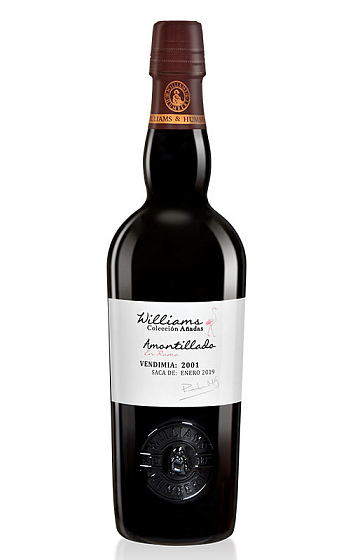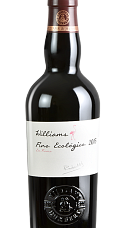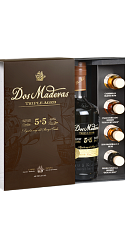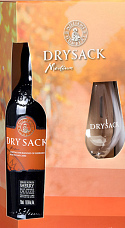Williams Amontillado en Rama 2001 50 cl
Descripción
Amontillado de producción limitada perteneciente a la serie 'Colección de Añadas' de Williams & Humbert. Con una crianza estática de 18 años en botas de roble americano, este proyecto se basa en la singularidad de seleccionar mostos de yema de una añada como la 2001. La producción es limitada y cuando se agote, este Amontillado será historia.
La saca se realizó en enero de 2019.
Ficha técnica
Cata
Viñedo y elaboración
Opinión de los críticos
I tasted the first bottling of the 2001 Colección Añadas Amontillado en Rama, from the first year they started with single-harvest biological wines. As they lacked experience at the time, they did a second fortification when the flor yeasts were weak (since 2004 they stopped doing that), and the wines were not fortified again; the butts were filled completely and the oxidative phase started. This had some nine years of biological aging, then was fortified to 18% and aged a further nine years in topped-up barrels. There is a touch of alcohol (the wine is now 20% through evaporation), and the palate is very dry, all the fat eaten by the biological aging, and there's the weight of the oxidative phase. It's a classical Amontillado, biological to the limit, with its dryness and the intensity of the oxidation. I tasted the bottling (saca) from January 2019.









estos vinos de jerez a cual mejor, con su personalidad en funcion de gustos pero entran muy bien
No menos de 3,75 ☆,para un amontillado delicioso,y marinado con una 3xcekente cecina de ciervo